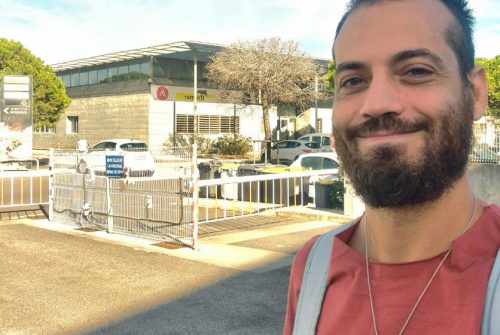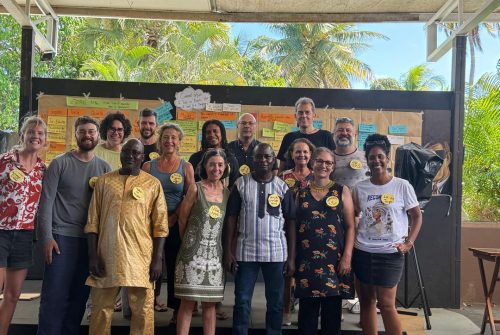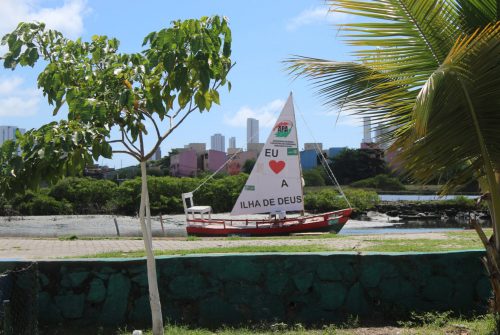
The teleconnection between the Atlantic Niño and the Pacific El Niño Southern Oscillation (ENSO) is revisited using observational and reanalysis data for the 1905–2014 period. Two types of Atlantic Niño are significantly negatively correlated with ENSO, with Atlantic leading ENSO by 6-month to 1-year. The first one is the already well-known connection between the boreal summer Atlantic Niño (ATL3: 3° N–3° S, 20° W–0°) and the subsequent winter ENSO (Niño3: 5° N–5° S, 150° W–90° W). This relationship is strong in the first and last decades of the study period. It is shown that a second Atlantic Niño in boreal fall/early winter (October–December, hereinafter called winter Atlantic Niño) is also significantly correlated with the following year ENSO. This winter Atlantic Niño leads to an early development of ENSO from boreal summer onwards, with a marked multidecadal modulation of the lead time. A nearly 1-year leading connection between winter Atlantic Niño and the following ENSO is generally observed in the mid-twentieth century, mostly when the summer Atlantic Niño teleconnection with the subsequent winter ENSO is weak. The same mechanism of the Atlantic–Pacific Niño connection, which involves the Walker circulation, operates for the two types of Atlantic Niño. Our analysis supports the leading influence of the summer and winter Atlantic equatorial modes on climate variability in South America. These results suggest the relevance of different types of Atlantic Niño for the 6-month to 1-year predictability of ENSO and its climatic impacts.
https://doi.org/10.1007/s00382-020-05424-x
Reference
Aubains Hounsou‐Gbo1,2; Jacques Servain1,3; Francisco das Chagas Vasconcelos Junior1; Eduardo Sávio P. R. Martins1; Moacyr Araújo4,5
Keywords
Atlantic equatorial mode; El Niño southern oscillation; Teleconnection; Predictability; South American climate






